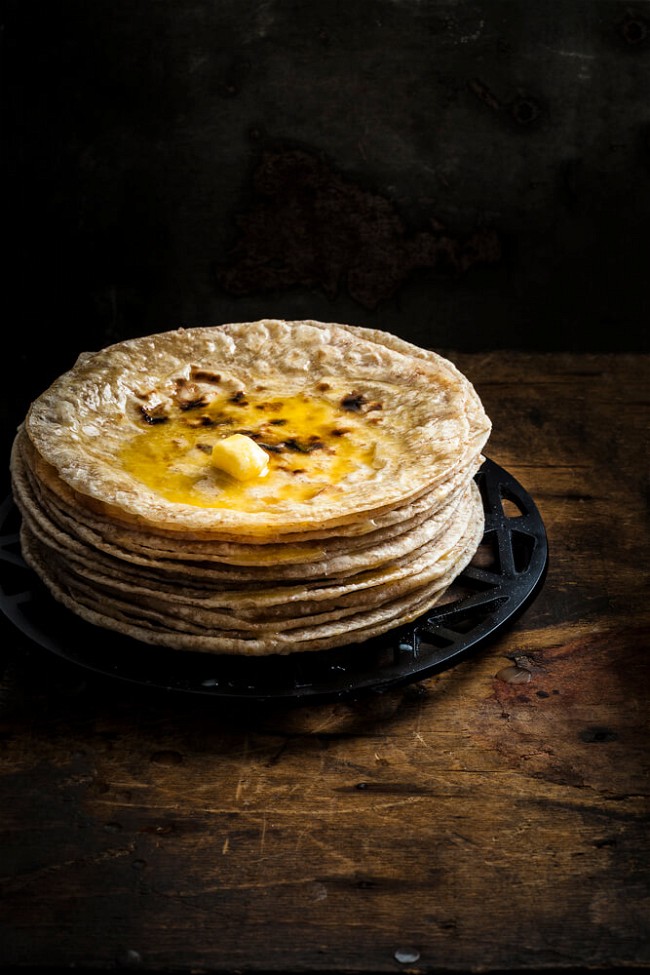The Delightful World of Rotli: A Culinary Journey
When it comes to Indian cuisine, the diversity of flavors and textures is truly remarkable. From the spicy curries of the North to the aromatic rice dishes of the South, each region boasts its own unique culinary heritage. Among the countless treasures within this vast landscape, one humble yet delightful creation stands out: Rotli. Also known as chapati or phulka, rotli is a staple flatbread that has been a beloved companion to various dishes across India for centuries. In this blog, we will dive into the world of rotli, exploring its history, preparation, and significance in Indian culture.
A Brief History
Rotli has a history as rich and diverse as the nation it hails from. The origins of this versatile flatbread can be traced back to the ancient Indus Valley civilization, where evidence of flatbreads similar to rotli has been found. Over the centuries, the art of making rotli evolved and diversified, adapting to different regional preferences and ingredients.
Ingredients and Preparation
The beauty of rotli lies in its simplicity, both in terms of ingredients and preparation. Traditionally, rotli is made using whole wheat flour, water, and a pinch of salt. The dough is kneaded to achieve a soft, pliable consistency. Small portions of the dough are then shaped into rounds, flattened, and rolled out into thin discs using a rolling pin.
The skill of rolling out perfectly round and thin rotlis takes practice, as it requires an even distribution of pressure and the right amount of dough. The rolled-out rotli is then cooked on a hot griddle, known as a "tava." The heat causes the dough to puff up, resulting in a soft, airy texture that is characteristic of well-made rotli.
Culinary Significance
Rotli is more than just a humble flatbread; it's an integral part of Indian cuisine and culture. It serves as a versatile accompaniment to a wide range of dishes, from lentil-based curries to vegetable preparations and meat dishes. The ability to scoop, dip, and mop up flavorful gravies and sauces with rotli adds a tactile and communal aspect to Indian dining.
In many households, making rotli is a cherished tradition passed down through generations. It's a skill that connects family members and brings them together in the kitchen. The act of rolling out dough, cooking rotlis, and sharing a meal is a bonding experience that transcends generations.
Health Benefits
Aside from its delicious taste and cultural significance, rotli also offers several health benefits. Whole wheat flour used in rotli is a good source of dietary fiber, which aids in digestion and promotes a feeling of fullness. The simple ingredients used in rotli make it a relatively healthy option compared to processed bread alternatives.


